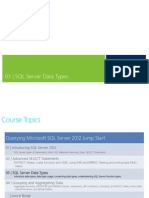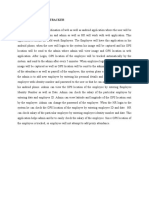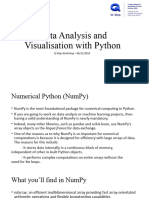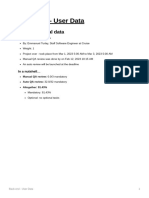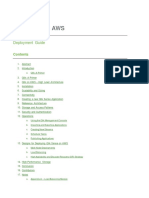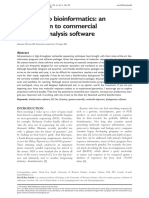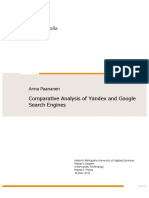0% found this document useful (0 votes)
311 views57 pagesRelational Databases Final
The document discusses relational databases and their use in enterprise systems. It describes the key components of relational databases including tables, columns, rows, primary keys, foreign keys and relationships. It provides examples of how customer, sales, and product information could be stored in tables and linked using primary and foreign keys. It also outlines some basic requirements for relational database tables and how Microsoft Access can be used to implement a relational database.
Uploaded by
VanessaManaoatCopyright
© © All Rights Reserved
We take content rights seriously. If you suspect this is your content, claim it here.
Available Formats
Download as PPT, PDF, TXT or read online on Scribd
0% found this document useful (0 votes)
311 views57 pagesRelational Databases Final
The document discusses relational databases and their use in enterprise systems. It describes the key components of relational databases including tables, columns, rows, primary keys, foreign keys and relationships. It provides examples of how customer, sales, and product information could be stored in tables and linked using primary and foreign keys. It also outlines some basic requirements for relational database tables and how Microsoft Access can be used to implement a relational database.
Uploaded by
VanessaManaoatCopyright
© © All Rights Reserved
We take content rights seriously. If you suspect this is your content, claim it here.
Available Formats
Download as PPT, PDF, TXT or read online on Scribd
/ 57






